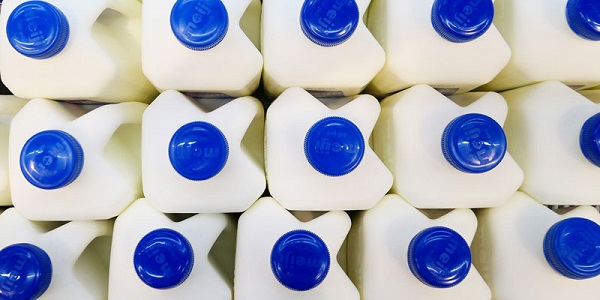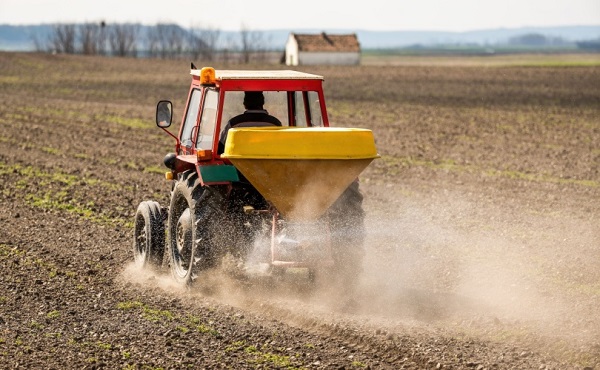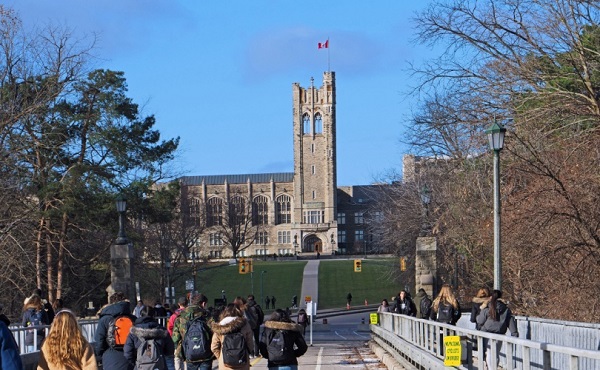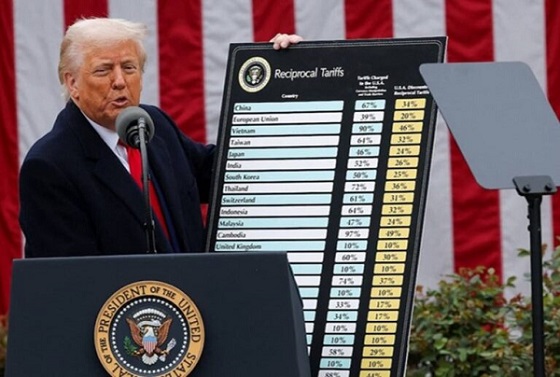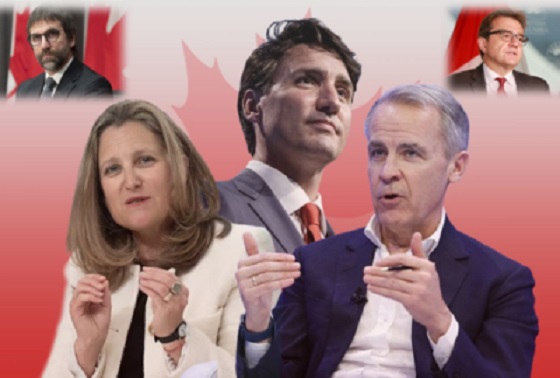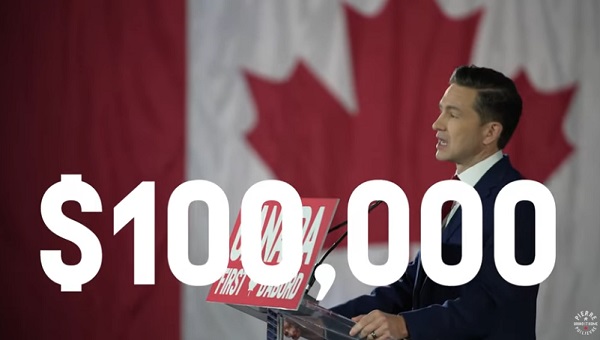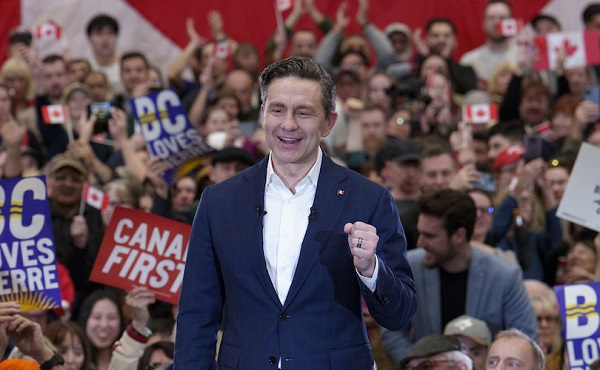By Frank Wright
As the farmer-led protests in the EU rage on, globalists are slowly learning that labeling those demanding the ability to provide food for the future as ‘extremist’ is not going to work.
Farmer protests in Europe continue to escalate, with Belgian farmers blockading the capital yesterday, Monday February, 26, with 900 tractors and driving through police barricades.
Belgian farmers sprayed police with manure and lit bonfires with tires in a fiery day of action which saw barbed wire and anti-tank obstacles placed outside European Union institutions, and police dousing the crowd with water cannons.
The action comes days after a convoy of Spanish farmers lead an estimated 20,000 people to protest outside the Spanish Ministry of Agriculture.
The plea of one Spanish farmer at the February 21 protest was stark. Silvia Ruiz, 46, a livestock farmer from the north-central area of Burgos told The Associated Press.
It is impossible to live from the rural industry, which is what we want, to live from our work. That is all we ask for.
Video from Madrid showed the scale of the protest, at which AP said banners were displayed reading “Farmers in Extinction” and “There is no life without farming.”
Spanish farmers conducted another four-day national action in early February, their complaints echoing what The Daily Telegraph called “common talking points from what has been an eruption of farmers protests in the Netherlands, France, Belgium, Germany, Poland, Greece, Italy and Spain over recent months.” Protests have also emerged in England and Wales in recent months.
Reasons to be fearful
The reasons given by farmers for their Europe-wide action present a direct challenge to the policies of European governments – which they say are resulting in extreme pressure on small-scale farmers. British farmers issued a desperate plea last September, saying they too were “struggling to survive.”
So what are the issues facing European farmers? This report examines the policies and practices which have combined to produce a hostile environment for Europe’s small scale farmers.
Agenda 21 – a coordinated effort?
Though the protests have many dimensions, including the imposition of carbon “Net Zero” related measures, with the removal of subsidies and the threat of cheap imports, some critics argue that small-scale farming across Europe is facing a systematic and coordinated attempt to replace them – with large-scale, state-controlled agriculture.
A documentary published by the Epoch Times in September 2023 argues that soaring food prices and food shortages “have little to do with climate change – but are the direct result of an environmental policy that was conceived over 30 years ago.”
The reference in the documentary, titled “No Farmers: No Food” is to“Agenda 21,” the United Nations’ “Master Plan for Humanity” for the 21st Century. Now renamed Agenda 2030, with that year being given as the target for the agenda’s implementation, it is a program that dates back as far as 1989.
The agenda’s seemingly laudable goals to “eradicate global poverty,” reduce consumer waste and combat the degradation of the natural world whilst promoting prosperity can be seen in another dimension.
An ‘excuse for government to do what they want’
Christian journalist Alex Newman says in the documentary that this noble-sounding agenda simply “gives government an excuse to do whatever they want, under the guise of meeting these goals.”
From its inception, the “master plan” demanded increased “trade liberalization,” the strengthening of “international institutions” backed by a series of “development banks” from government and private finance to drive accelerated global coordination.
Yet “trade liberalization” and a punitive regulatory environment are two factors cited by farmers across Europe which they say are threatening their very existence.
‘Green’ farmers also in protest
Farmers who support measures to limit pesticide use and the move to less polluting means of production have also mobilized to protest against “the neoliberal policies in agriculture the WTO has been promoting for decades which have led to the systematic impoverishment of farmers.”
A group called the European Coordination Via Campesina (ECVC), which represents small-holder farmers in 21 European countries, highlights the worsening struggle for survival faced by small-scale farmers. In a February 25 report, farmers Morgan Ody and Vincent Delobel spoke out in advance of the World Trade Organization’s 13th ministerial conference in Abu Dhabi.
These are the people who produce Europe’s food – whether conventionally or organically, on a small or a medium scale. They stand united by a shared reality: They are fed up with spending their lives working incessantly without ever getting a decent income. We have reached this point after decades of neoliberal agricultural policies and free trade agreements. Production costs have risen steadily in recent years, while prices paid to farmers have stagnated or even fallen.
The effect on small-scale farmers has been devastating – but beneficial for corporations.
“All the while, through mergers and speculation, large agroindustrial groups have gotten bigger and stronger, putting increased pressure on prices and practices for farmers.”
‘Like the Soviet Union’
This argument, coming from farmers supportive of sensible “sustainable development” measures, echoes a warning given by U,S, conservative scholar Victor Davis Hanson.
Hanson’s segment in “No Farmers: No Food” treats this issue as a matter of the concentration of food production in the hands of the state – or under its direction.
They feel that humans don’t need meat-based protein. They want to either force people to follow their paradigms – or they want to buy or accumulate farmland and that’s how they’re going to farm it.
It’s sort of like Mao’s cultural revolution or the Soviet Union – and it results in disasters.
At least 45 million people are said to have “been starved, tortured or beaten to death” under Mao’s “Cultural Revolution,” with the forced collectivization of farms in the Soviet Union contributing to a famine which caused the deaths of at least 3 million people between 1931 and 1934.
Hanson says this example does not deter the “academic mind,” which “always has the answers, but never in the real world.”
What is happening in the real world is, according to Hanson, the systematic global consolidation of farming in the hands of state and corporate power.
“They want large blocks [of farming] run by the government – or by private consortia” where meat can be largely eradicated by the control of agricultural production.
The real world action of Bill Gates
Hanson cites the example of Bill Gates’ purchase of large tracts of farmland, coupled with the stated objectives of his “philanthropic” organization.
The Bill and Melinda Gates Foundation had by 2017 granted an estimated $6 billion of investment in the future of farming according to one small farmer’s campaign group, GRAIN.
Its 2021 report argued that the foundation is “driving the food system in the wrong direction,” saying “[Gates’] funding overwhelmingly went to research institutes rather than farmers. They were also mainly directed at shaping policies to support industrial farming, not smallholders.”
Far from providing “the substantial flow of new and additional financial resources to developing countries” exhorted by the 1989 UN statement on Agenda 21, the Gates Foundation sends 80-90 percent of its funds to U.S. and Europe based NGOs, “buying political influence” and promoting a “corporate-industrial farming agenda.”
The funding patterns of Gates’ so-called charity “illustrates the point of where the priorities of the Foundation lie.”
Killing small farmers
These priorities are opposed to those of small farmers – whether in the developed or the developing world. Both populations are plagued with farmer suicides – from India through Australia and the United States, given plummeting prices and the increasing pressure to consolidate farming. Studies in Ireland, France and the U.K. show far higher rates of suicide amongst farmers – a trend that has continued over the last decade, as this 2015 report shows.
The pressure driving farmers to desperation is related to a model exampled, as Alex Newman argues, on that adopted in China.
“We are seeing that in China now, where these giant, mechanized, corporate, big-government controlled mega-farms are displacing all these little small family farms,” he says.
The stated aims of Agenda 30 may be an example of Hanson’s “academic answer” – which is contradicted by the real world effects it has produced.
Ally versus ally?
Diplomatic tensions now accompany farmer protests, and have spread beyond Eastern Europe to the West.
The Prime Minister of France Gabriel Attal responded to recent protests in France, acknowledging a further dimension of the threat to small farmers’ livelihoods: cheap imports from Ukraine.
Attal said his government is working to protect French farmers against imports from Ukraine of chicken, eggs, sugar and cereals.
“Solidarity with Ukraine is obviously essential, but it cannot be to the detriment of our farmers,” the prime minister said.
Attal’s remarks, reported by Britain’s Independent on February 22, recall the ongoing blockade of the border by Polish farmers – undertaken in protest against cheap imports.
Poland continues to block Ukrainian grain
Farmers have attempted to block imports of Ukrainian grain, with two acts of grain destruction alleged in the past month. Ukrainian news outlet European Pravda reported the following incident
On the night of 24-25 February in Poland, Ukrainian grain exports suffered the most extensive damage since the beginning of the farmer protests, with the attackers damaging 160 tonnes of Ukrainian grain.
A social media post recorded the aftermath of the grain spill, showing the alleged sabotage.
The incident comes weeks after a similar event on February 11, when according to the same report, “Polish farmers protesting near the Ukrainian border spilled some grain from three Ukrainian lorries near the Yahodyn-Dorohusk checkpoint.”
The Ukrainian deputy Prime Minister Alexander Kubrakov complained of “160 tons of Ukrainian grain destroyed…[in] the fourth case of vandalism at Polish railway stations.”
Farmers fighting for a viable life are now fracturing former alliances, showing the state-level impact of the issue of food security.
Against the grain
Polish farmers began their attempts to block Ukrainian imports in late November, with assurances from the new Polish Minister of Agriculture providing only a temporary pause. The protests follow a troubled year for Ukrainian grain exports, with the EU conceding to demands from Bulgaria, Hungary, Poland, Romania and Slovakia with a temporary ban on Ukrainian maize, wheat, rapeseed and sunflower seed from May-June, 2023.
The ban was extended until September 15. When it was lifted, Reuters reported that “Slovakia, Poland and Hungary imposed national restrictions on Ukrainian grain imports after the European Union executive decided not to extend its ban on imports into those countries and fellow EU members Bulgaria and Romania.”
The reason supplied was to protect domestic farmers from being undermined by cheap imports.
“The countries have argued that cheap Ukrainian agricultural goods – meant mainly to transit further west and to ports – get sold locally, harming their own farmers.”
Following the elections on October 15, the incoming Polish government of Donald Tusk, a noted globalist, appears unwilling to confront the farmers directly. Last week, the Polish government snubbed the Ukrainian delegation, failing to appear at a recent meeting convened by Ukraine’s President Volodymyr Zelensky to end the crisis. According to Agence France Presse (AFP):
Ukraine’s prime minister went to the border with Poland on Friday [February 23] hoping to end weeks of protests by Polish farmers but he said no-one from the neighboring government turned up for talks.
Zelensky proposed the frontier meeting, issuing a statement saying Ukraine’s grain did not go to the Polish market “at the request of the Polish side.”
Zelensky’s remarks appear to be contradicted by the continued attempts to export Ukrainian grain into Poland.
He added: “We are willing and will do everything to resolve this issue.”
But Tusk’s chief of staff Jan Grabiec told AFP that Warsaw had not sent a delegation because a meeting “makes no sense at the moment.”
He said the two sides were “far” from a deal to end the showdown.
“Unfortunately, there is not yet a Ukrainian proposition that allows to hope for an end to the deadlock in commercial relations.”
The two governments are set to meet on March 26 in an attempt to resolve a crisis, which by then will have been ongoing for over ten months. The snub by Tusk’s pro-EU and pro-Ukraine administration shows the extraordinary power of the farmer’s movement in shifting public opinion on an alliance which formerly saw Zelensky receive a “hero’s welcome” in Poland last April. Going against the Ukrainian grain was unthinkable only a year ago.
Farmers and the future
The farmer protests have been caricatured as “agrarian populism” – a progressive phrase intended as as slur. In characterizing these protests as irrational, and bracketing them with extremism, critics such as the U.K.-based European Consortium for Political Research seek to frames this crisis as one which “emphasizes the antagonistic relationship between the virtuous peasants and people from the countryside on the one side, and the evil and corrupt urban elites on the other.”
Yet the farmer movement is not driven by fantasies of good and evil, but by basic reality. Farmers across the world claim the current system is threatening their very existence.
Many are taking their own lives, with many others taking to the streets. It seems that some governments are now taking notice. As the protests continue, the message is breaking through to the would be managers of the Master Plan for Humanity – that if the demand for food and a future without misery is defined as extremist, then it is not the small-scale farmers who must give way.



